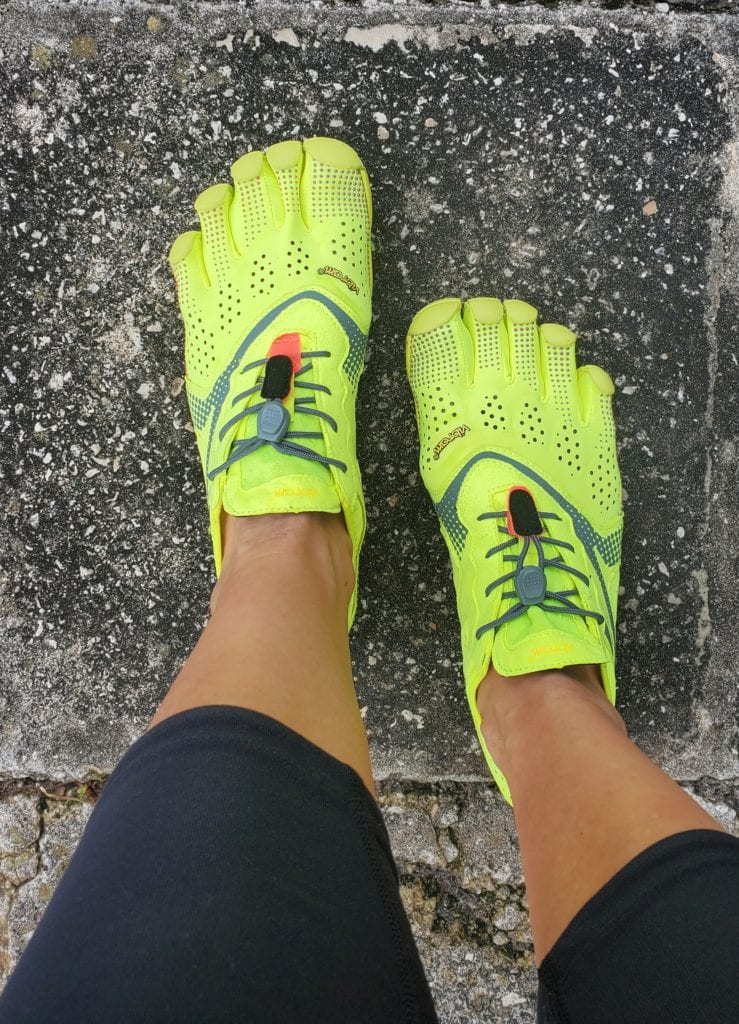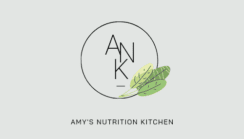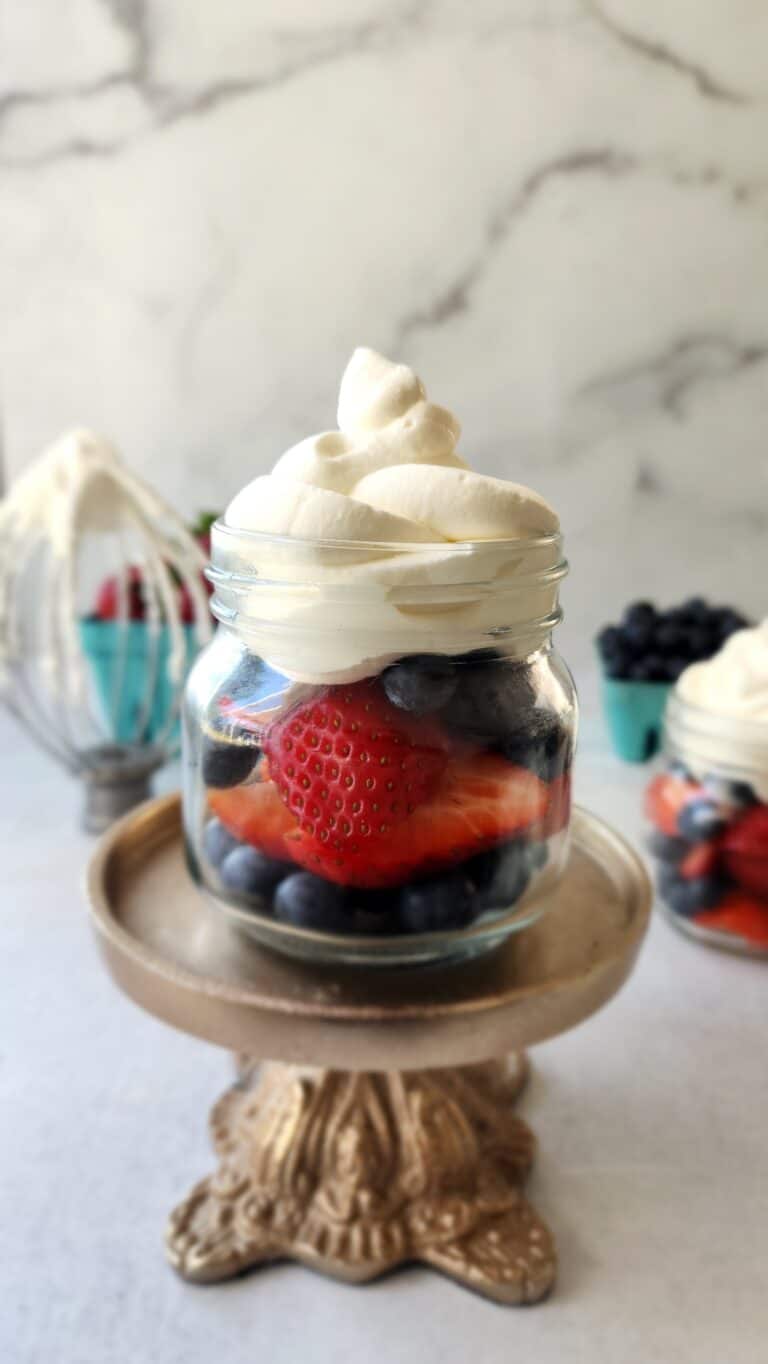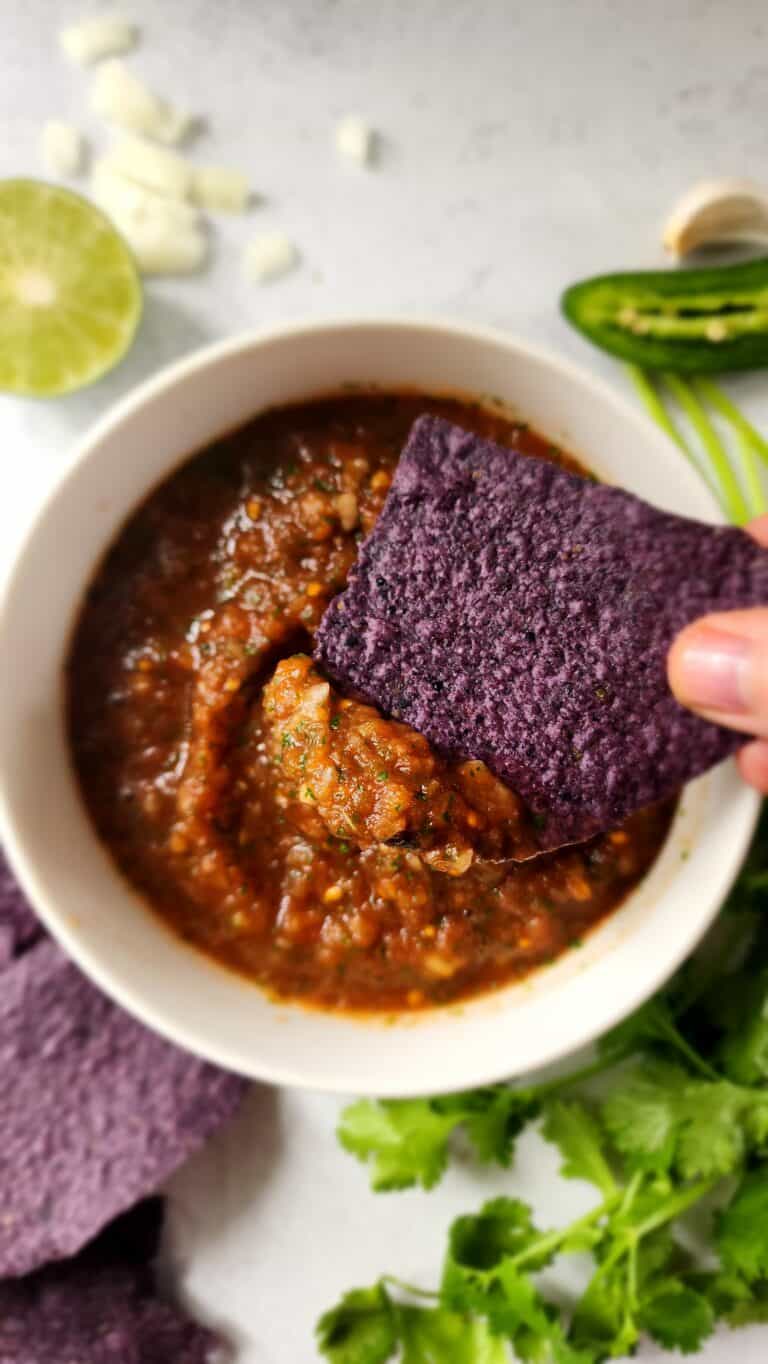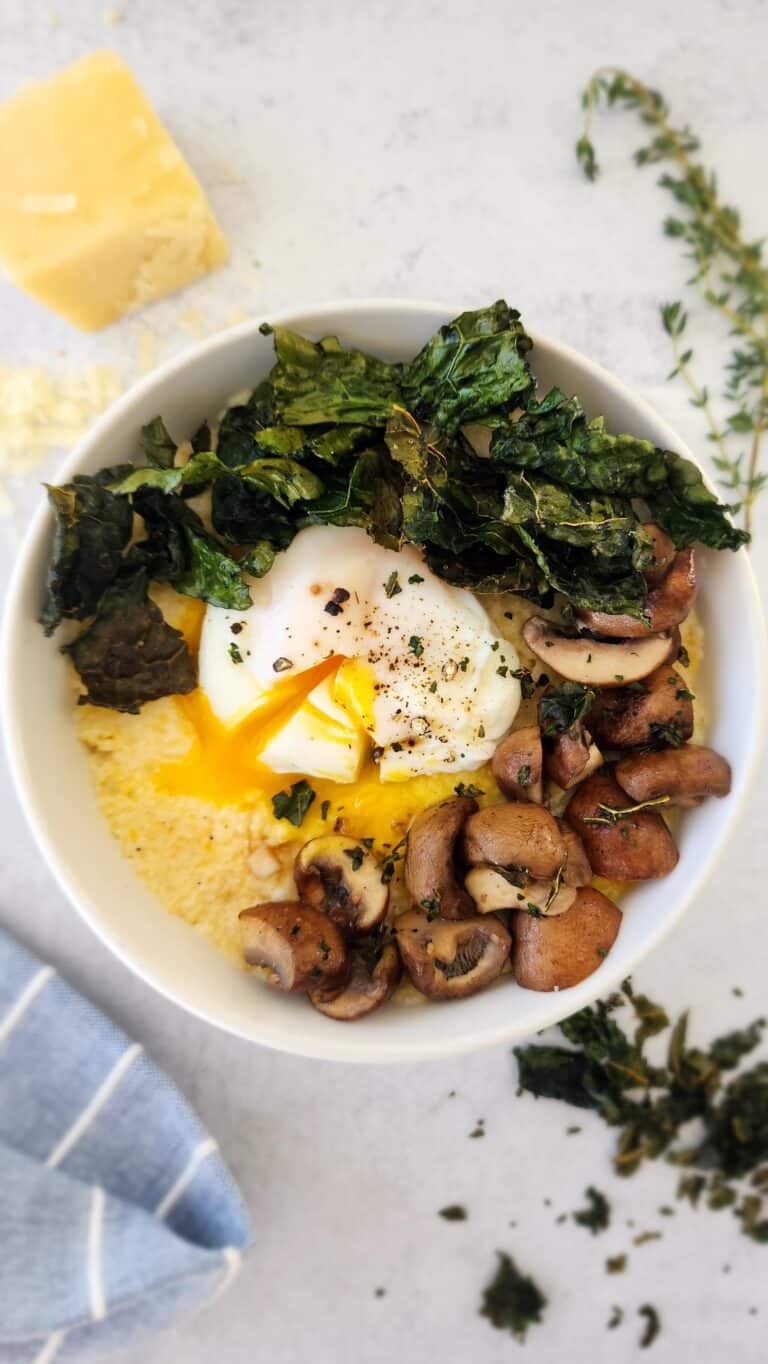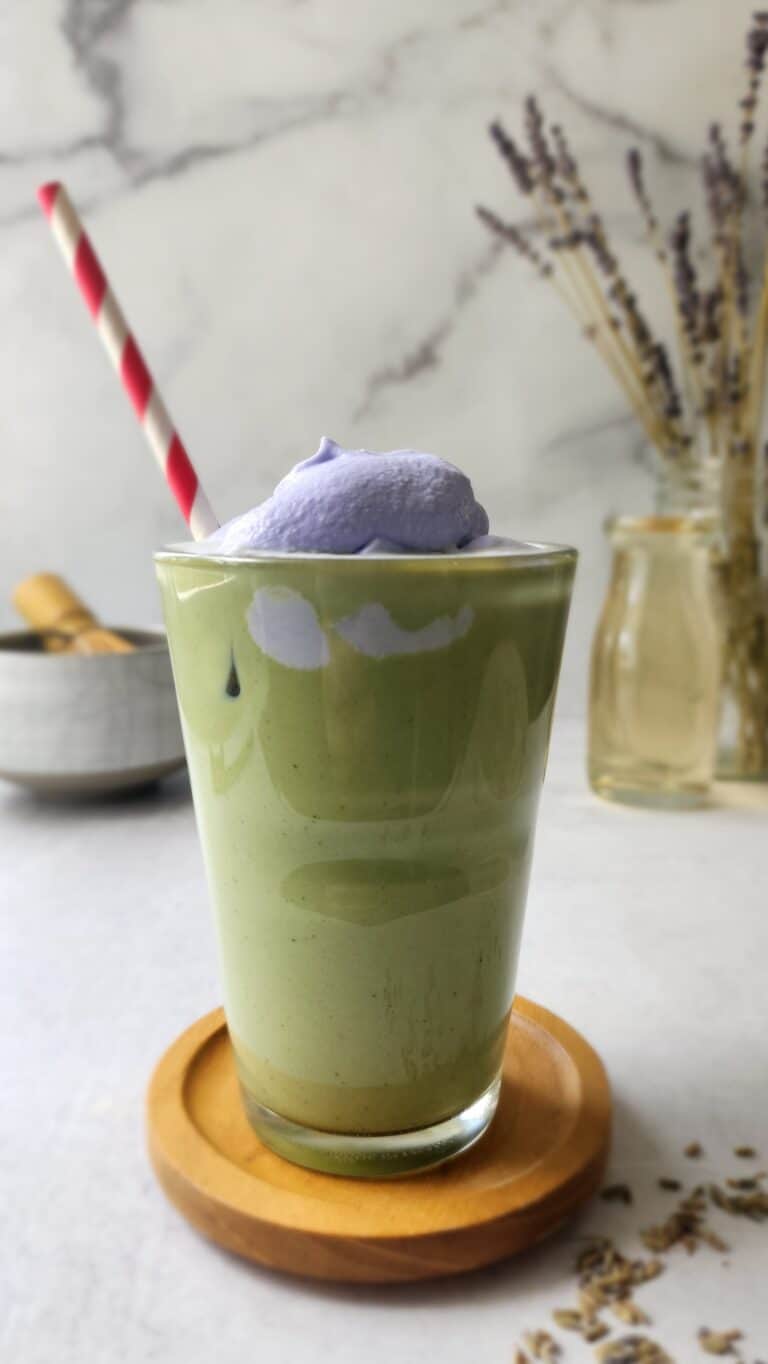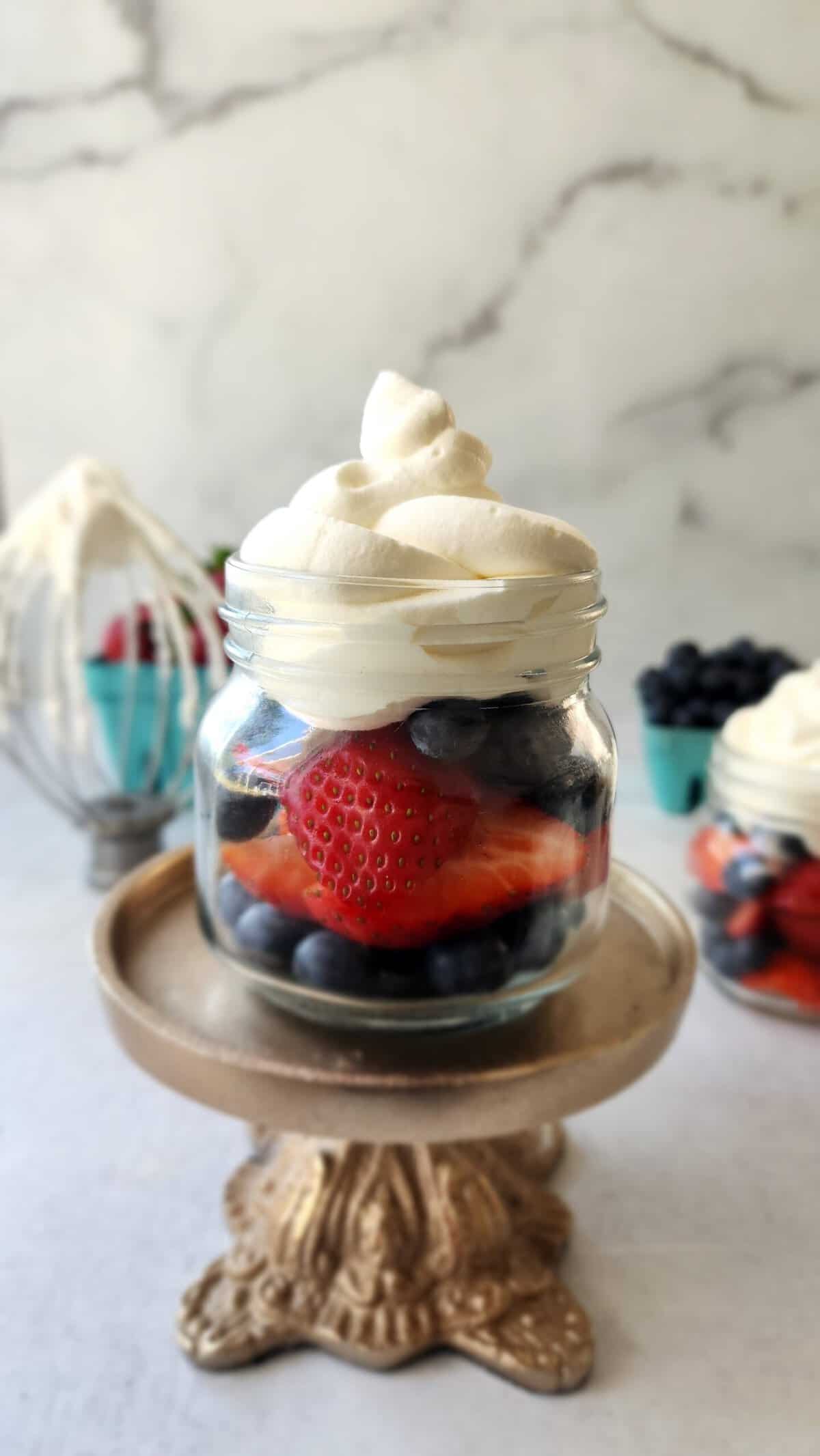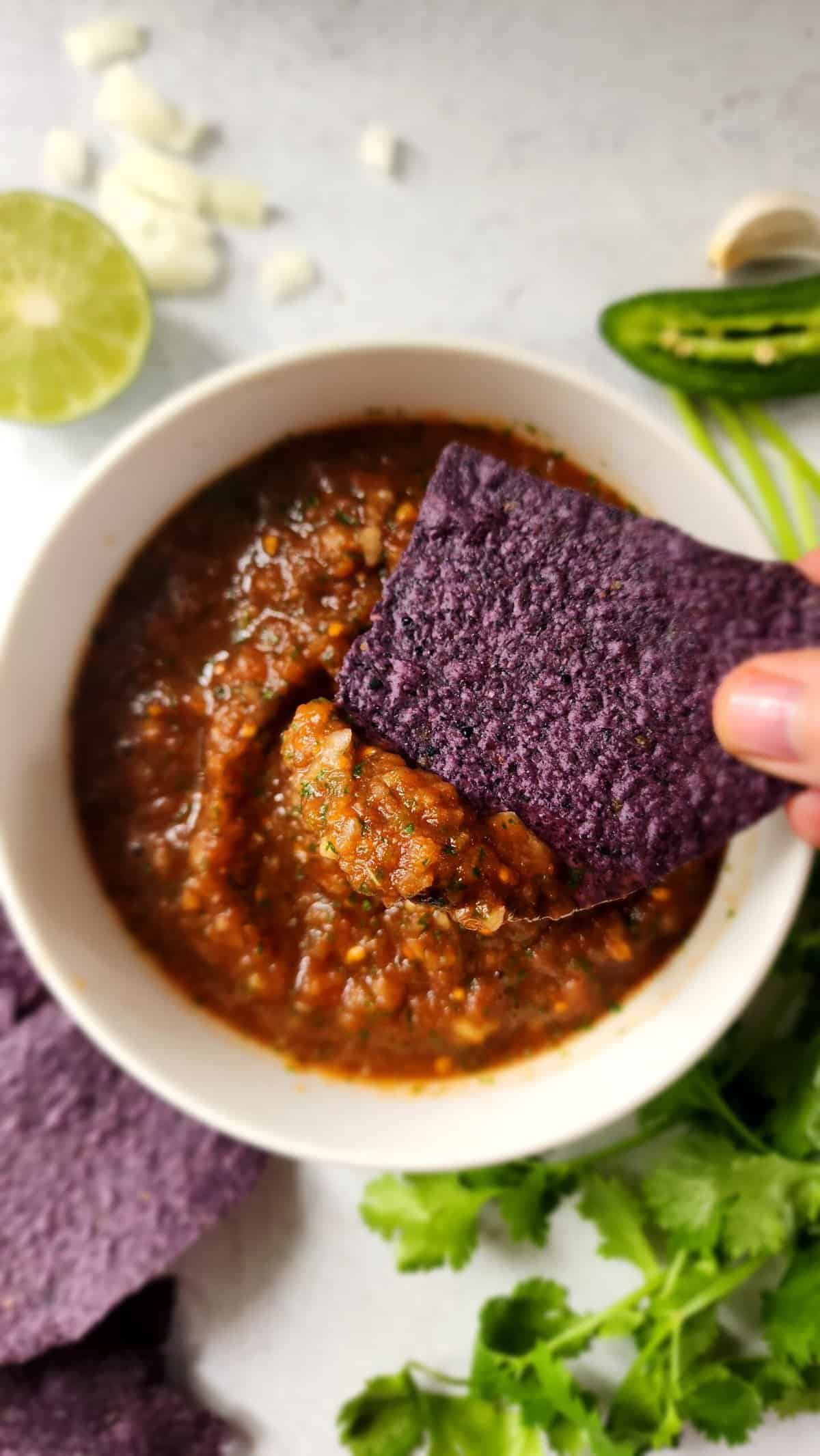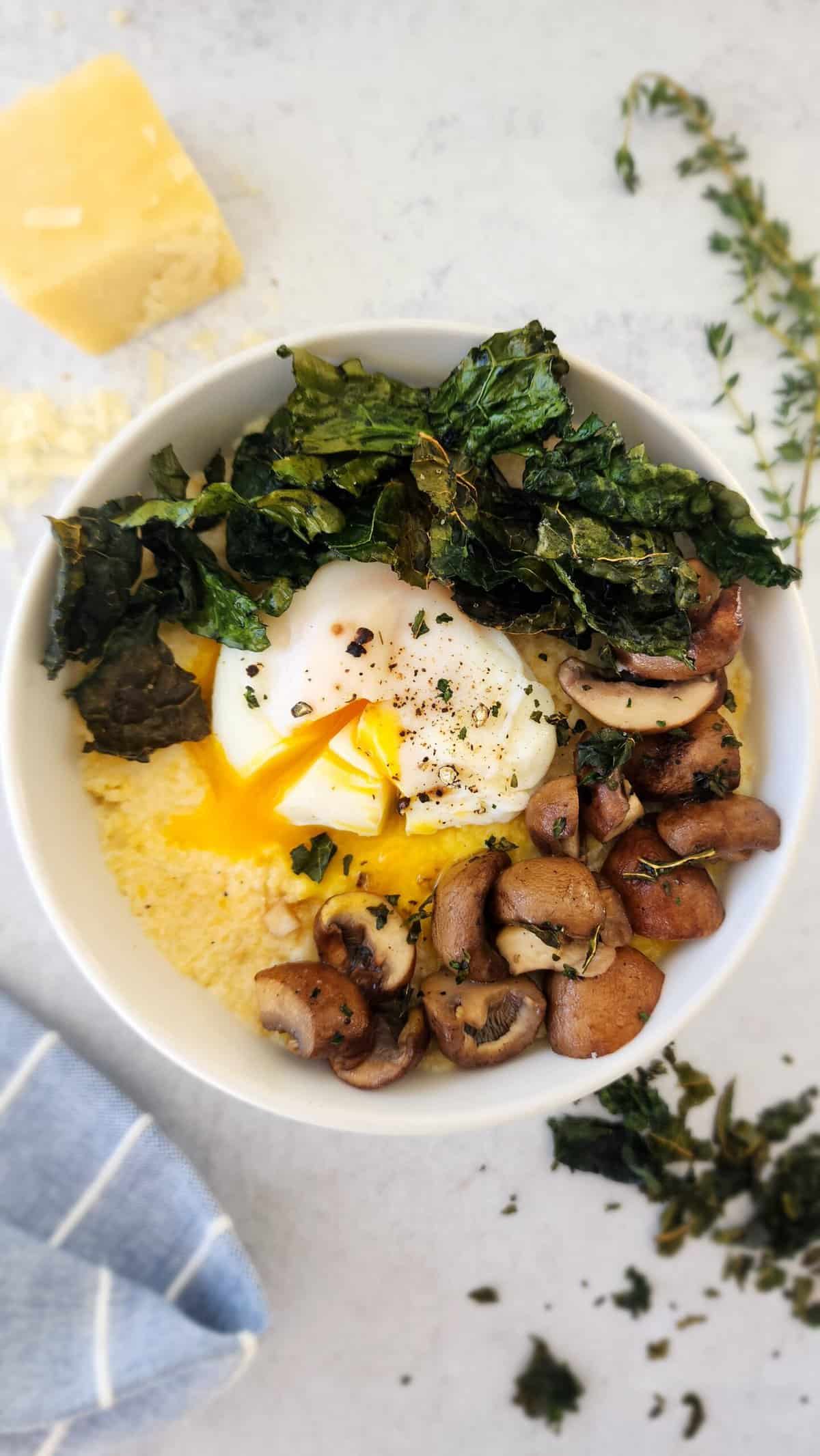Running a half-marathon in the summer in Miami – It’s the day after my virtual 1/2 marathon and I’m here to say I DID IT!! That’s right – even I had doubts at about mile 8 and 9. So to say I’m proud of another ‘first’ is an understatement. Running in the summertime in Miami is a beast. The heat and the humidity are literally elements that you have to train in but it’s almost impossible to do so. SeaWheeze has always been on my bucket list – running in Canada in August sounds mighty nice! – and when it went virtual I liked the idea of training for a race because it always keeps me motivated. But in reality, these past 12 weeks have been brutal – from the early morning wake-ups, to the amount of sweat lost in my runs, each week has been a learning experience. So I give you a few tips that worked (basically) for me. As always, keep in mind, find what works for YOU and as you train experiment to see, because that’s the time to try new things out. And if all else fails, if you’ve tried enough things, then come race day you might just be able to see what will work if the situation arises (read on and you’ll see what I mean!)
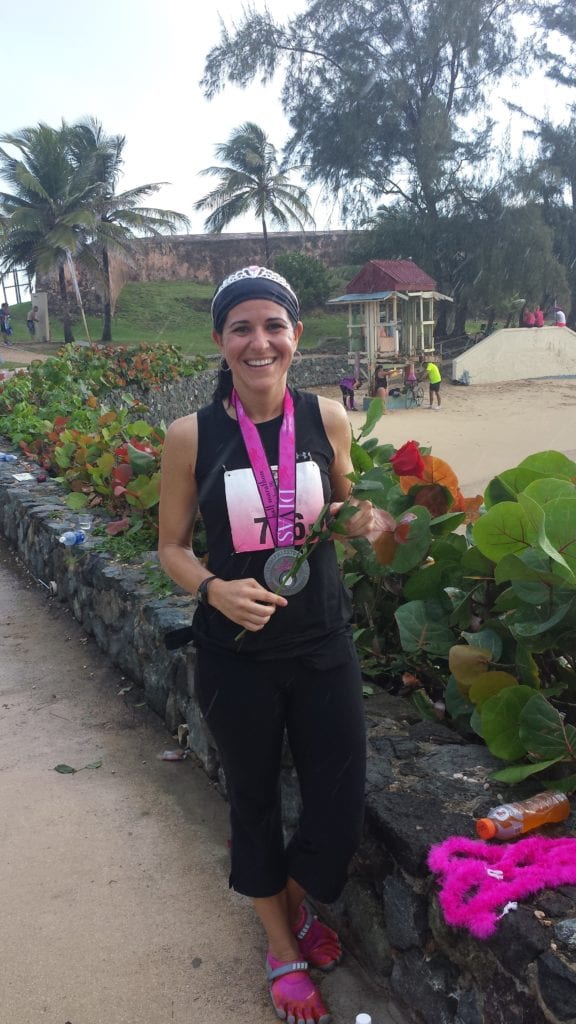
1. Figure out what time you’ll wake up at. Seriously. My strategy was to run before the sun came out. Knowing that it was hot and humid already, I wanted to take the sun out of the equation. There’s an area where I run normally with my running buddy Marcela that is shaded, but as it’s an area where a lot of people typically run, I knew that would be out of the question, not to mention I would have to drive to get there. Part of the benefit of this being virtual is that I could step out of my house and just run, but also plan when I’d take a pit stop along the way. See all the things you have to consider? But the other reason why I needed to figure out what time I would wake up is because I needed to make sure to pre-fuel with something light and make sure I had time to digest it all the while making sure I was able to use the restroom prior to running. As it’s not my normal wake-up time, I had to retrain my bowels if you will. Not trying to be gross, just trying to be real and also make sure I was able to go pre-run.
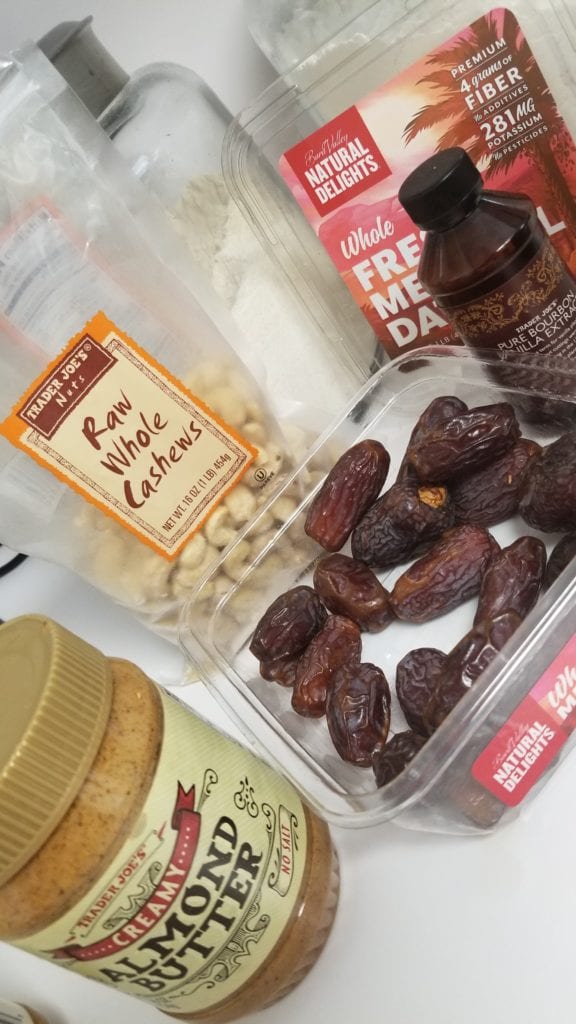

2. Find Your Fuel/Hydration Mix for During The Run – another really important item to figure out while running. For continuous exercise lasting more than 45 minutes, you will need to ‘eat’ during your run. The carbohydrate, fluid, and electrolyte balance is simply vital for you to survive and also have a successful run. And in this Florida heat, trying to match the amount of sweat lost with my fluid intake was quite tricky.
My fuel that I used for my full marathon three years ago were the sport beans by Jelly Belly. Because I knew they worked, I decided I’d use the same thing. What you’re looking for when finding your fuel, is a food that is high in easily digested carbohydrates – think quick acting energy – but that also is low in fat and protein. You want to avoid fat, protein, and fiber while running to help keep your stomach calm. – no GI disturbances along the run. Some other popular food items that people use: energy bars, sports drinks (which I use too because it serves a dual purpose by giving me carbohydrates and fluid), energy gels (GU, Clif Shots), gummy bears, fig bars, bananas. Ultimately it will boil down to what you’re able to carry with you, what you’re able to stomach, and ultimately what’s most convenient – a banana might work for some, but no one likes a mushy banana.
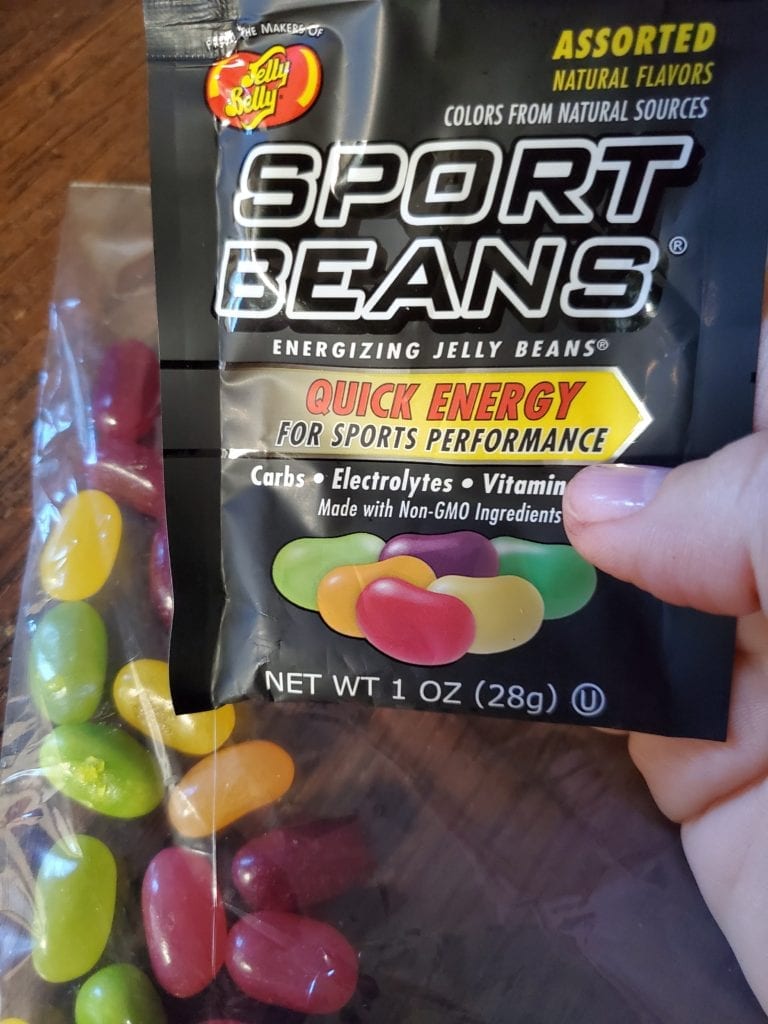

3. Fluid/Hydration – and in this crazy summer heat, this was no simple feat! Ideally runners should aim to drink at least 8 oz of water with any food consumed during exercise and/or aim to consume 30 to 60g of carbohydrate per hour of exercise. My sport beans have 25g/packet, so my remaining carbohydrate would come from my fluid – at least that’s the way I figured it out to work best. I did this for my two ten-mile runs. And it worked. But wouldn’t you know it, come race day it didn’t work. At mile 8 and on through mile 9 I started to have a cramp. In my mind I had two options, either cut back from 2 beans at a time to one or drop the beans altogether. I could only think the cramp was more from the hydration standpoint. So I switched my carb source to come from just the fluid and no actual sugary beans. It’s all I could think of three quarters of the way in. And thankfully it worked. All this to say – it really does take some experimenting to find how your body works and almost trouble shoot it if you will. On one of the 10 mile runs, I did have a slight heads up this might be happening, but that was also the day that I had decided to run at night (on a cloudy day) and didn’t think it’d be an issue pre-sunrise. Find what works for YOU – or at least what you think will work. While it’s not recommended to try something new on race day, this wasn’t ‘new’, but rather me adjusting to what/how my body was reacting and ultimately giving me a sign.
The last point on fluid is this – you can take your weight pre-run and post-run to see how much fluid you’ve lost. For every pound of weight lost, runners should take in an extra 2 to 3 cups of fluid gradually over the course of the day. I did not weigh myself, but ultimately was hydrating throughout the day after my runs. It’s summer in Miami. Extra fluid, more fruits and veggies, and paying attention to your urine. It’s a must to make sure you’re hydrated. Find what works for you – whether that’s by weighing yourself to be able to replenish after, or consciously making an effort to increase your normal fluid intake – that urine is a really great indicator. It’s how I know.
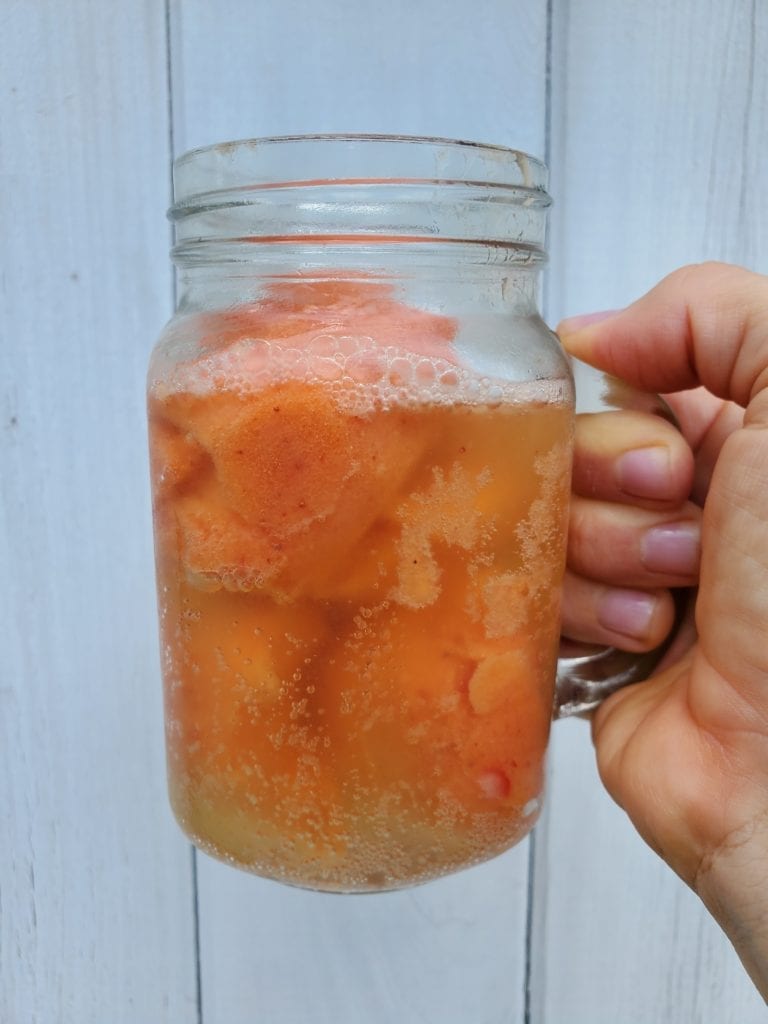

And for all things post run recovery, you can see what I had to say here. The key really is finding what works for YOU. I know I’ve said it a lot here, but it is the truth. Guidelines I can give, but what works for you probably won’t work for me and vice versa. It’s what the training period is all about. Experiment and see!
Post-run you’re aiming to have anywhere from 100 to 400 kcal in a snack, so think sports drink, chocolate milk, actual fruit – it’s why you see at the races runners being given bananas, oranges, and even bagels! If you’ve never finished a long race (13.1 miles or 26.2 miles) hunger isn’t always the first thing on your mind. And with yesterday’s run as hot as it was, fluids really were all I could stomach, literally. By giving myself at least an initial source of carbs and protein after my run, it helped to start to replenish my glycogen stores that were used up while running. It also helps in recovery overall.
And then 2 hours after I finally got hungry and was able to eat a full meal. So as much as I don’t love smoothies, yesterday’s served a purpose. You’ll hear quoted a ratio of 3:1, so 3 parts carbohydrates to 1 part protein to help replenish glycogen stores and rebuild muscles. But the truth of the matter is this – it’s different for everyone. The key is to eat a balanced meal. Period. If you’re putting this much effort into training for a run, take a little time to think about your nutrition. It will make all the difference in the world.
Now to train for my next run…this one will be in October and if I can handle July and August, I should be good to go!
